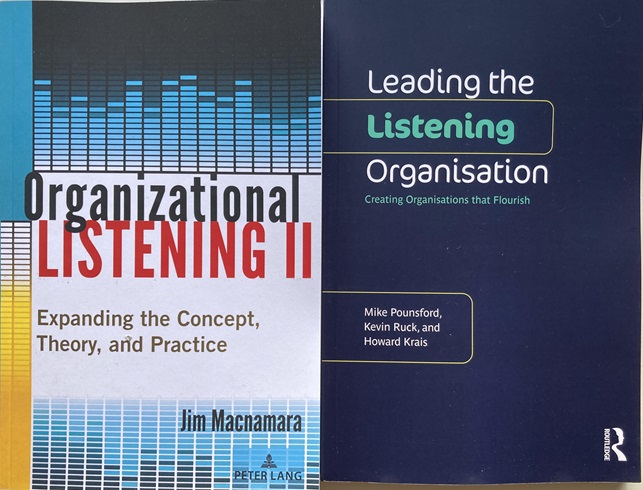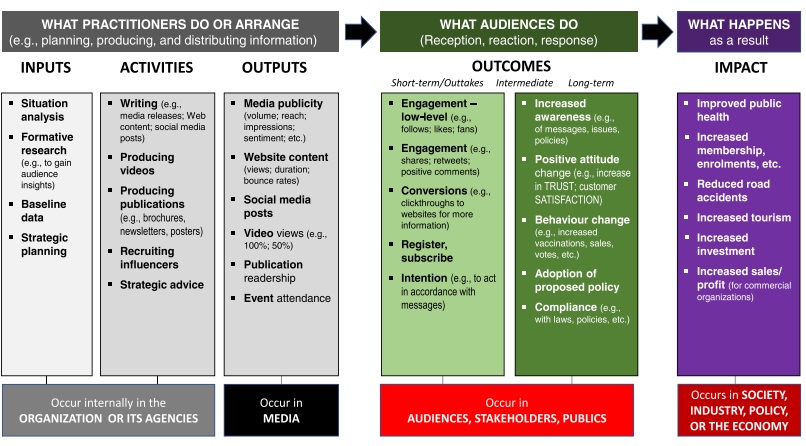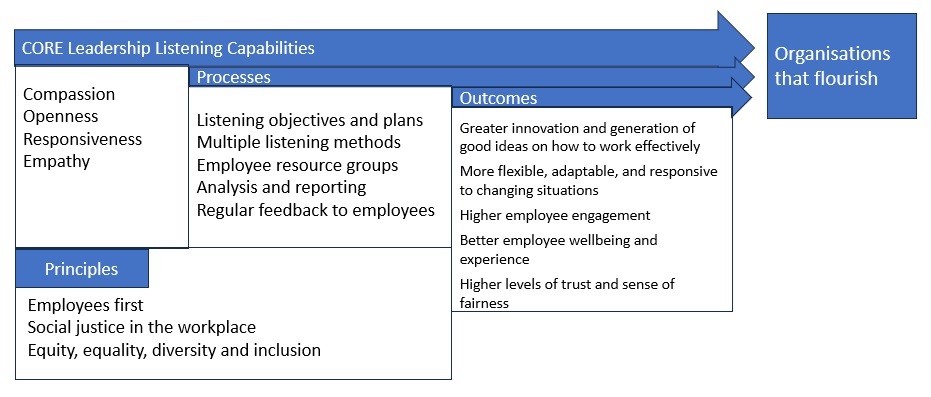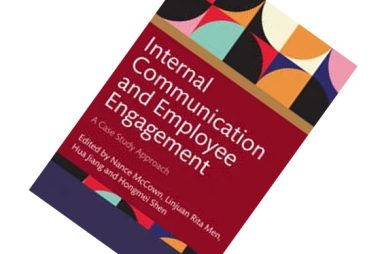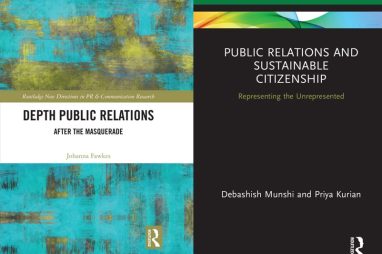Review: Latest literature on listening
It is not possible to send out or transmit ‘communication’ to other humans. And no amount of speaking, writing, or designing visuals will ensure human communication.
‘While all stakeholder groups are important, employees come first.’

